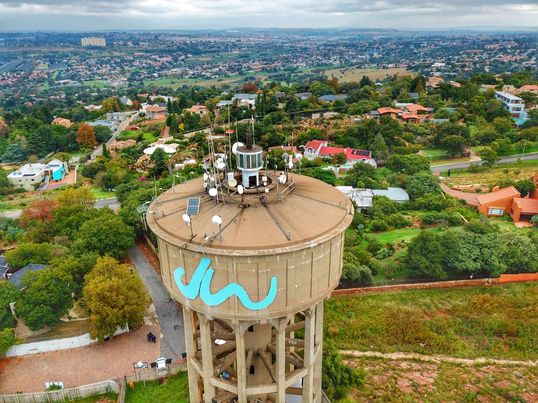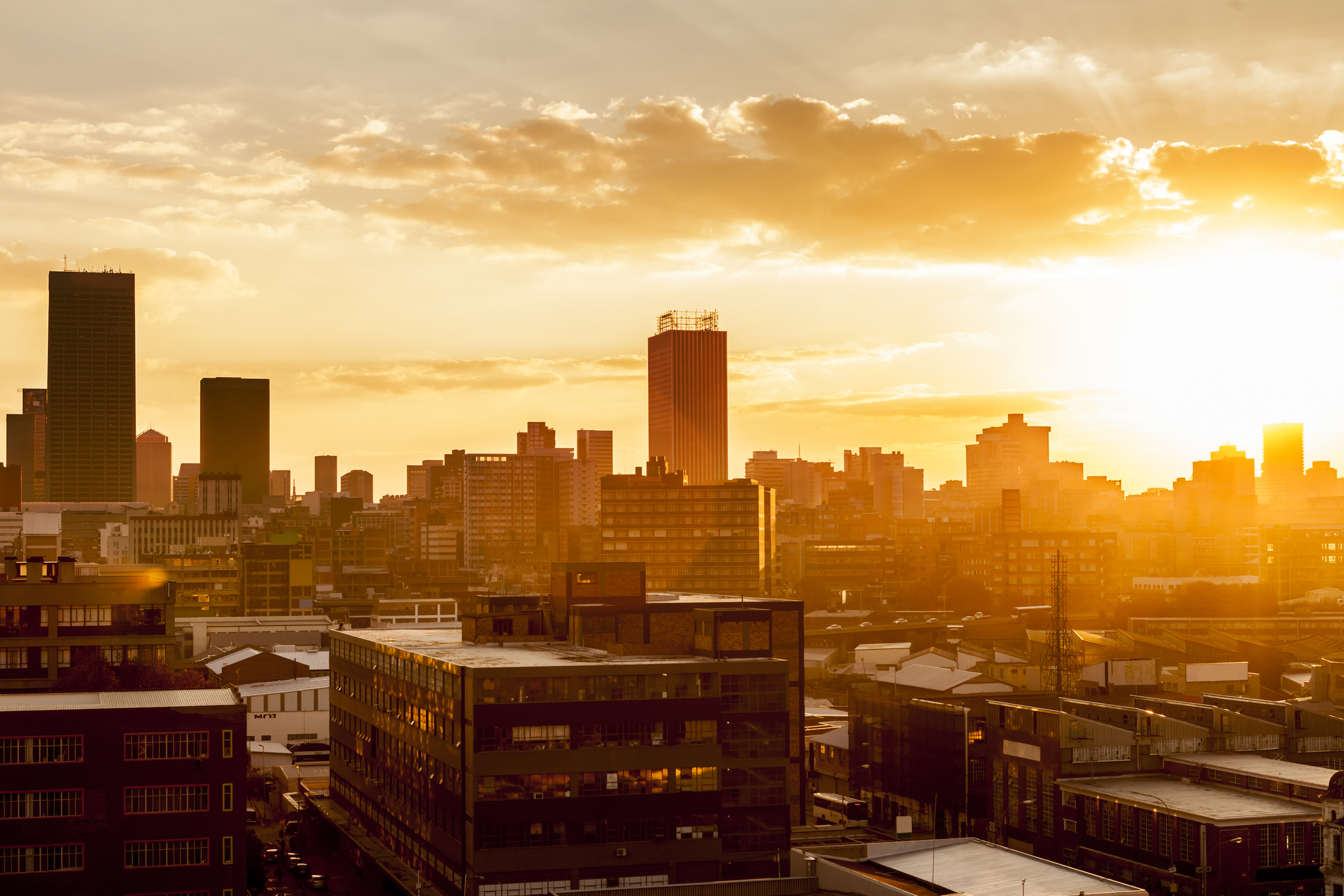Water restrictions are forcing Johannesburg’s residents to curb their water consumption, and according to Rand Water this is the result of a combination of heat, waste and Eskom’s power woes.
Although this is a double blow for consumers already having to endure loadshedding, there is method to the madness.
Rand Water spokesman Justice Mohale explained that current water restrictions are due to a toxic mix of overconsumption, warmer weather and loadshedding.
“We are alerting municipalities to be careful, and to check what areas are over-consuming, to not put additional strain on Rand Water’s or the municipality’s water systems,” he said.
From source to taps
After purifying water, Rand Water stores water in their reservoirs. These reservoirs must maintain water levels between 60% and 90% before water can be pumped to municipal reservoirs.

The Katse Dam forms part of the Lesotho Highlands Water Project. Picture: Shutterstock
The process of keeping water levels in these reservoirs stable on Rand Water’s side takes up to seven hours. Only then can water be pumped into municipal reservoirs, a process which takes another six or seven hours, before water can reach the taps of consumers.
“It’s not like electricity, which is instant. It takes hours to make sure water levels rise in reservoirs to a certain level before we release it,” Mohale explained.
“The restrictions help to avoid depleting the entire system, because if the system is depleted and the reservoirs are empty, this process is going to take even longer, even days without water. Restrictions are to make sure there’s water in the system, so that whatever problem we’re fixing, at least there’s water for consumers.”
Rand Water constantly monitors water consumption levels, and regularly report municipalities, who are not as up to speed about detailed consumption patterns.
If Rand Water sees a reservoir running low, this is flagged, which was how the news of a water reduction was first heard about earlier this week.
“Our statement was not supposed to go to the media; we were informing our customers that according to our system, we see high consumption. The communique was meant for them to highlight high consumption levels.”
A ‘perfect storm’
Reducing water consumption can be attributed to a handful of factors, namely warmer weather, the fact that South Africa is a water-scarce country, abnormally high and sustained consumption levels, and loadshedding.
“We cannot afford to allow people to waste water. We have a responsibility to explain we don’t have enough water in this country, which is the 30th driest in the world. We have to ensure whatever of this scarce rescue we have is used responsibly,” Mohale said.
Loadshedding is exacerbating the situation, “which is beyond our control”, a frustrated Mohale revealed.
He explained that this is especially inconvenient when water needs to be pumped to high-lying areas and reservoirs, also called towers.

High-lying reservoirs such as the tower on Northcliff Hill cannot get water pumped when there is load shedding. Picture: Northcliff Melville Times
“When we pump water, we need electricity, especially when we pump to high-lying areas. If there’s no electricity, we can’t pump water to high-lying areas. Water needs to be pushed all the way up to a high-lying tower, which requires electricity,” he said.
“It’s the perfect storm.”
For more news your way, download The Citizen’s app for iOS and Android.

